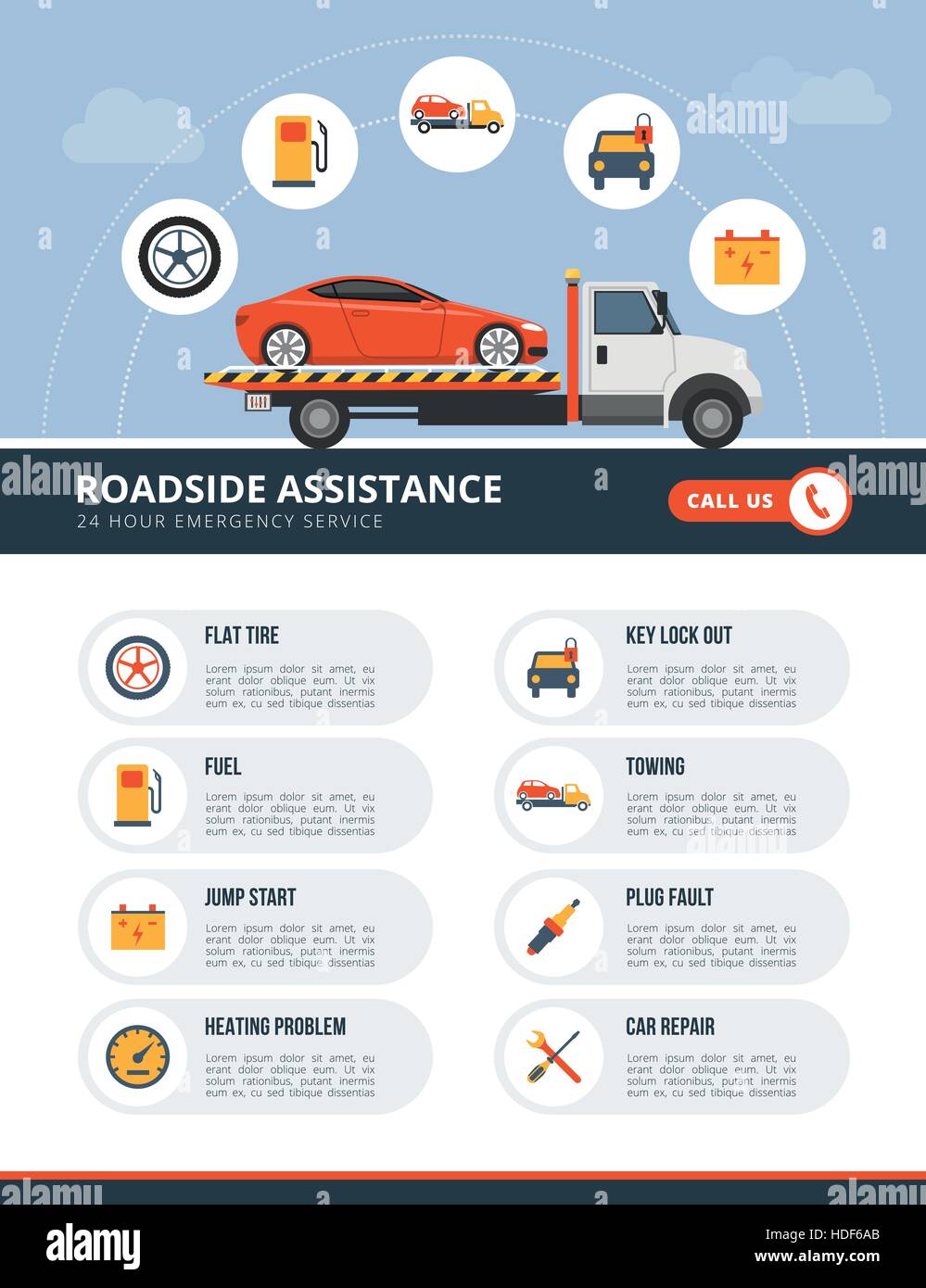Want To Discover More Regarding The Warning Lights On Your Control Panel? Discover What They Show Concerning Your Automobile'S Health And Wellness
Want To Discover More Regarding The Warning Lights On Your Control Panel? Discover What They Show Concerning Your Automobile'S Health And Wellness
Blog Article
Content By-Boye Dalgaard
When you lag the wheel, those radiant warning lights on your dashboard can be a little bit perplexing. Do you recognize what they're attempting to tell you concerning your car's health and wellness? Understanding the importance of these lights is crucial for your security and the long life of your automobile. So, the next time one of those lights appears, wouldn't you want to understand its message precisely and take the necessary actions to resolve it?
Common Caution Lights and Interpretations
Recognize common caution lights in your cars and truck and understand their meanings to make certain risk-free driving.
The most normal caution lights include the check engine light, which indicates problems with the engine or emissions system. If this light comes on, it's crucial to have your automobile inspected immediately.
The oil stress advising light shows reduced oil stress, needing prompt interest to avoid engine damages.
A blinking battery light might suggest a defective charging system, potentially leaving you stranded if not attended to.
The tire pressure monitoring system (TPMS) light notifies you to low tire pressure, influencing lorry stability and fuel effectiveness. Disregarding this might bring about harmful driving problems.
The abdominal muscle light indicates a trouble with the anti-lock braking system, compromising your capacity to stop quickly in emergencies.
Lastly, the coolant temperature level cautioning light warns of engine getting too hot, which can result in serious damages if not resolved promptly.
Recognizing https://brooksneuka.anchor-blog.com/10568384/discover-the-cutting-edge-fads-affecting-the-future-of-car-fixing-such-as-the-emergence-of-electric-vehicles-and-the-consolidation-of-ai-technology will certainly assist you attend to issues immediately and keep safe driving conditions.
Importance of Prompt Focus
Understanding the usual warning lights in your auto is just the first step; the value of promptly resolving these warnings can not be emphasized sufficient to ensure your safety and security on the road.
When a caution light illuminates on your dashboard, it's your car's way of communicating a prospective concern that needs attention. Overlooking these warnings can result in more severe issues in the future, compromising your safety and security and potentially costing you more in repairs.
Trigger focus to warning lights can stop break downs and mishaps. For example, a flashing check engine light can suggest a misfire that, if left neglected, could cause damage to the catalytic converter. Addressing this without delay can save you from an expensive repair service.
Similarly, a brake system warning light could indicate reduced brake fluid or worn brake pads, crucial elements for your safety when driving.
DIY Troubleshooting Tips
If you notice a warning light on your dashboard, there are a couple of do it yourself troubleshooting tips you can try prior to seeking specialist help.
car cleaning company is to consult your vehicle's manual to comprehend what the specific warning light suggests. Occasionally the problem can be as basic as a loose gas cap activating the check engine light. Tightening the gas cap may resolve the problem.
An additional typical problem is a low battery, which can trigger various warning lights. Inspecting the battery connections for rust and guaranteeing they're safe and secure could fix the problem.
If a caution light persists, you can attempt resetting it by separating the car's battery for a couple of mins and then reconnecting it. Additionally, inspecting your car's liquid degrees, such as oil, coolant, and brake liquid, can aid repair advising lights associated with these systems.
Conclusion
In conclusion, comprehending your vehicle's warning lights is necessary for keeping your vehicle running efficiently and securely. By immediately dealing with these notifies and understanding what they indicate, you can avoid expensive repairs and prospective breakdowns.
Keep in mind to consult your vehicle's manual for particular information on each cautioning light and do something about it accordingly to guarantee a hassle-free driving experience.
Remain notified, stay risk-free when traveling!
